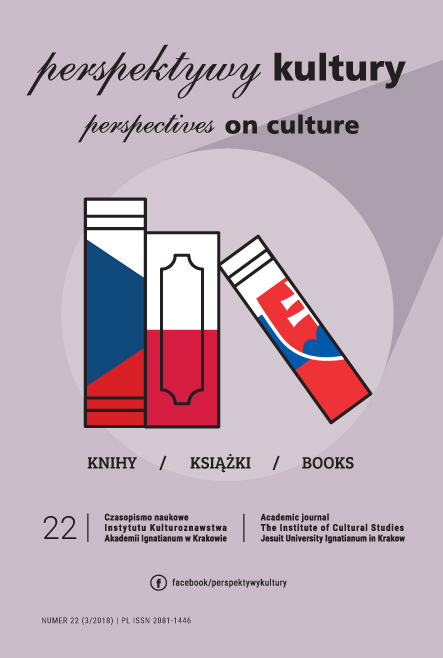Light of the Six Parts of the Day in Artistic Culture of 17th-Century Paris
Abstract
The article aims at a presentation of the role and symbolism of light in the artistic culture of 17th-century Paris. An excellent source, enabling us to learn about this aspect of culture, is a lecture by Sébastien Bourdon (1616‑1671) delivered at the Royal Academy of Painting and Sculpture in Paris on the 9th February 1669. In it, Bourdon tried to sensitise young students of the Royal Academy to the phenomena of light occurring in nature in the consecutive parts of the day, namely: dawn, sunrise, morning, noon, afternoon and sunset. The aim of the painter’s considerations was, firstly, to illustrate to the students the specificity of a given time of day by the careful description of the light characteristic for this time; secondly, to indicate various properties of individual types of light – favourable or unfavourable for the formation of the composition of a painting; and thirdly, to determine their influences on the soul, namely the ability to evoke the mood which should correspond well with the type of the subject matter taken.
The text of Bourdon’s lecture is little known, but a valuable source for an insight into how students were instructed about the way to represent light and which time of day and the weather conditions were advisable to choose, taking into consideration compositional, iconographic and cultural factors. The source material also enables the reader to gain an insight into the manner of perceiving the mood and ideological content related to it, contained in a particular type of illumination. It is also an attempt at building an exegesis of the mood evoked by the light used in a painting, which should correspond with the character of the main scene. Thanks to this, looking at the works of the then painters through the prism of this theoretical argument, we can better understand the choices made by them during the creation in relation to the lighting used in a given scene, and thus better know the specificity of the then artistic culture.
Copyright (c) 2020 Perspectives on culture

This work is licensed under a Creative Commons Attribution-NoDerivatives 4.0 International License.
Autor, zgłaszając swój artykuł, wyraża zgodę na korzystanie przez Wydawnictwo Uniwersystet Ignatianum z utworu na następujących polach eksploatacji:
- utrwalania utworu w formie papierowej, a także na nośniku cyfrowym lub magnetycznym;
- zwielokrotnienia utworu dowolną techniką, bez ograniczenia ilości wydań i liczby egzemplarzy;
- rozpowszechniania utworu i jego zwielokrotnionych egzemplarzy na jakimkolwiek nośniku, w tym wprowadzenia do obrotu, sprzedaży, użyczenia, najmu;
- wprowadzenia utworu do pamięci komputera;
- rozpowszechniania utworu w sieciach informatycznych, w tym w sieci Internet;
- publicznego wykonania, wystawienia, wyświetlenia, odtworzenia oraz nadawania i reemitowania, a także publicznego udostępniania utworu w taki sposób, aby każdy mógł mieć do niego dostęp w miejscu i czasie przez siebie wybranym.
Wydawca zobowiązuje się szanować osobiste prawa autorskie do utworu.





